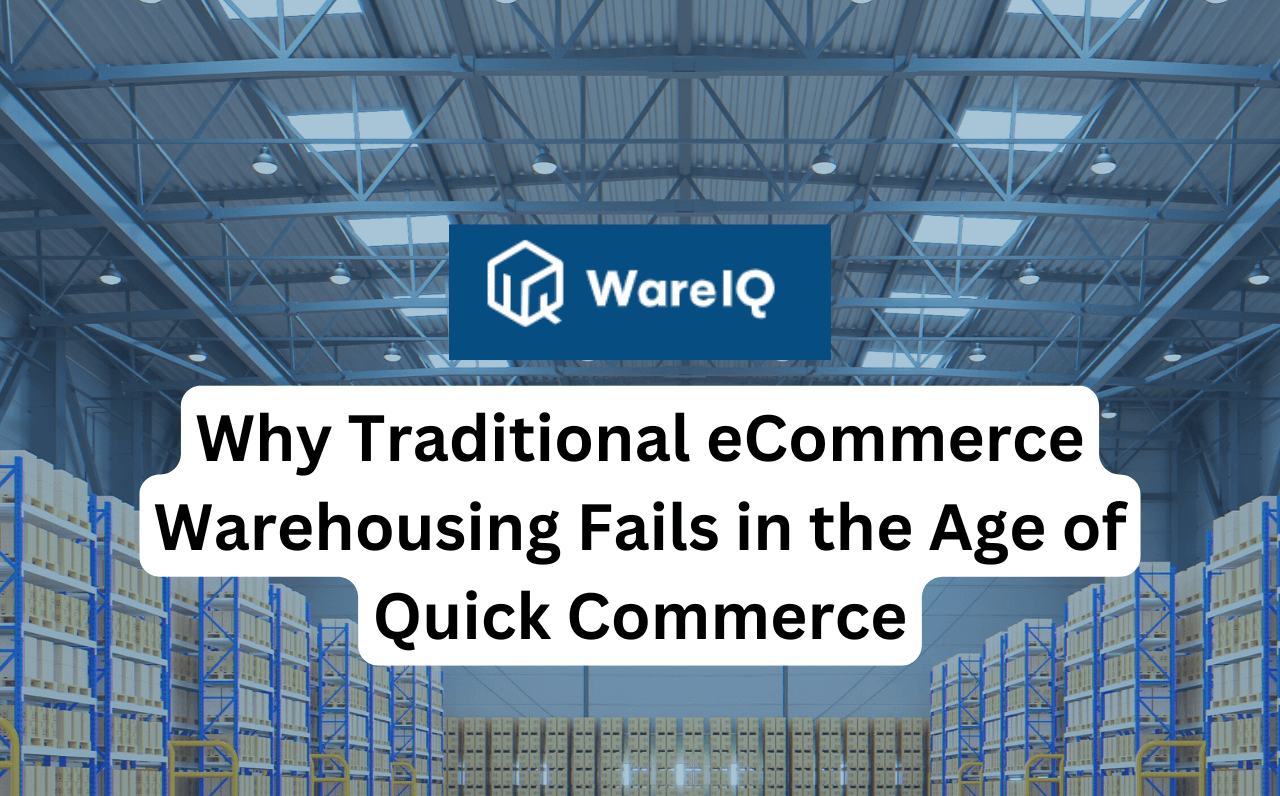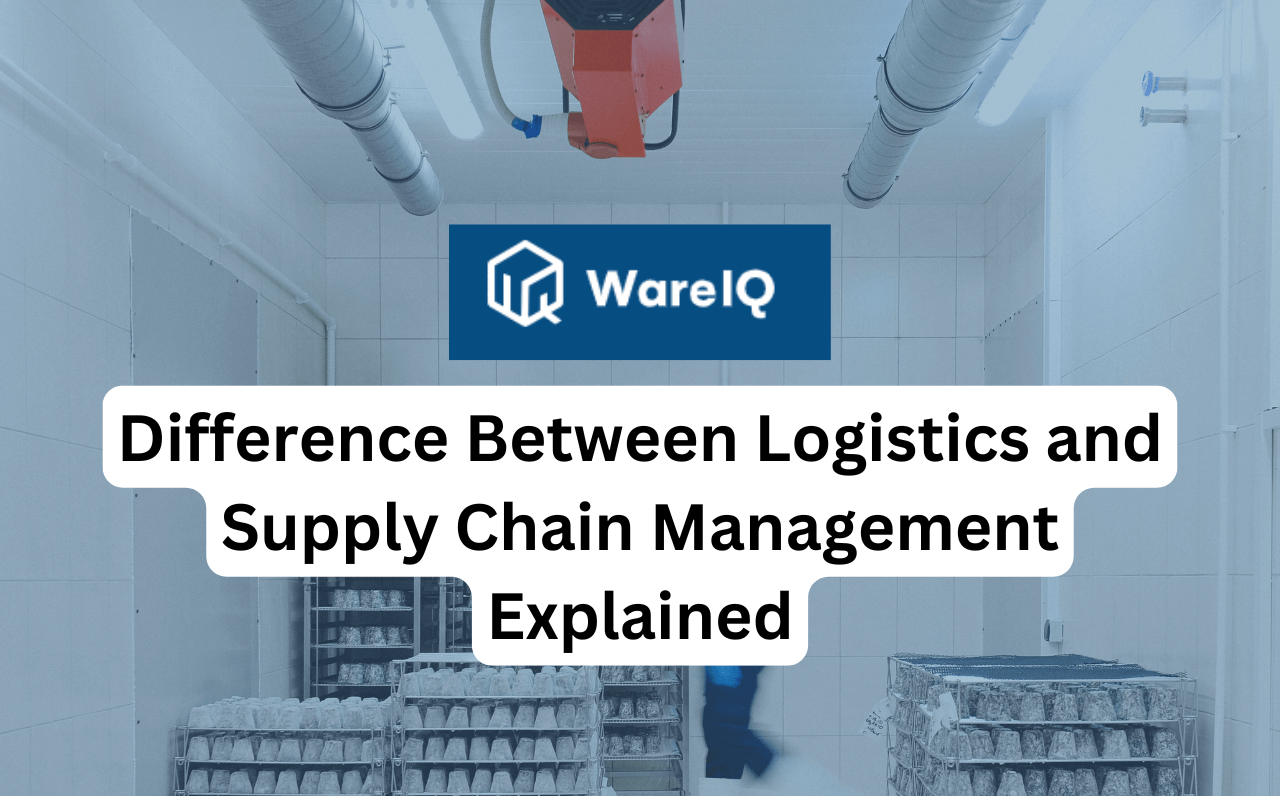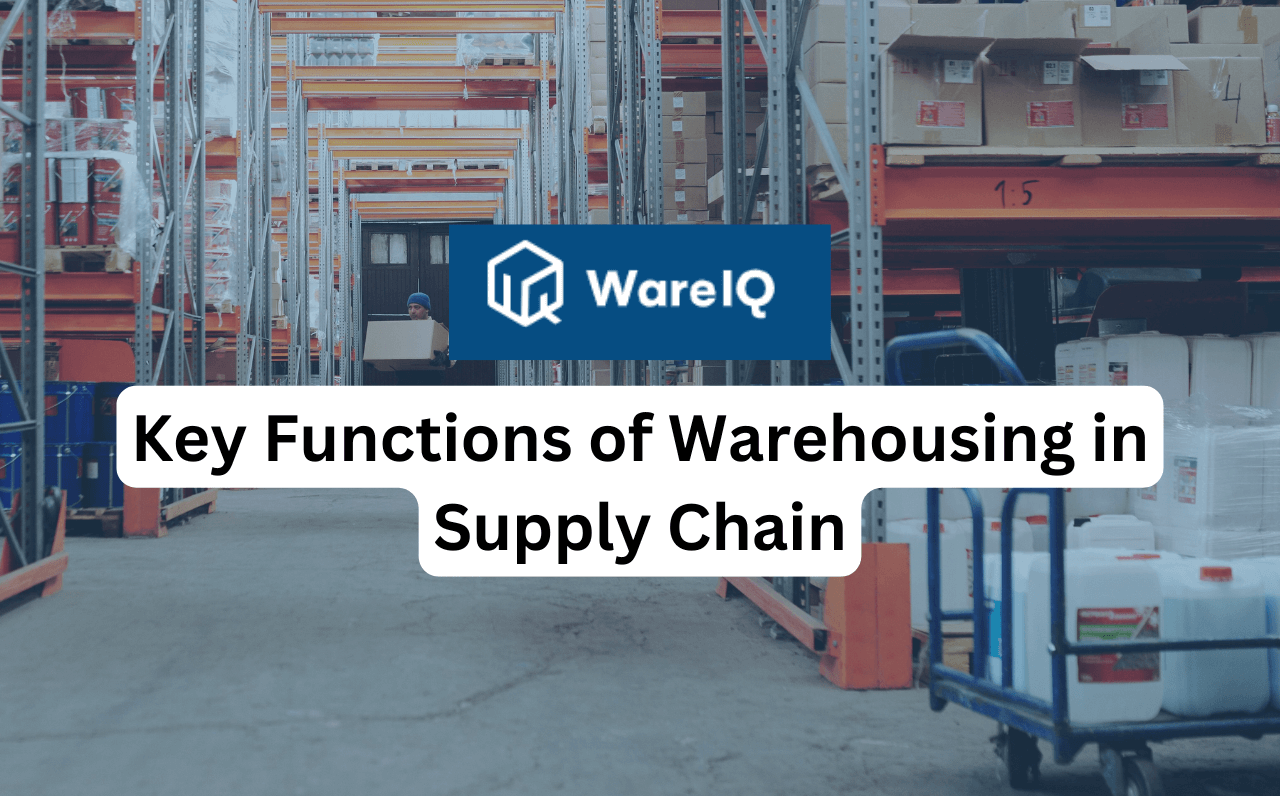
JioMart Seller Registration: How to Sell Products on the JioMart Seller Panel
E-commerce is at its peak, with the volume of orders received on various platforms constantly increasing. The e-commerce industry is anticipated to grow further and become a booming industry. Sellers looking to shift to an online selling model will have increased sales. Although there are numerous e-commerce platforms, JioMart, a part of Reliance Retail, is a leading platform for selling your products online. According to a report by Deloitte India, the retail industry will reach a groundbreaking US $325 billion by 2030. It is the right time to make the most of the e-commerce industry. All it takes is getting registered, and you can start your online selling journey immediately. This article will explain how to complete the JioMart Seller Registration process and how to sell products on the JioMart Seller panel. What is the JioMart Seller Panel?Launched in May 2020, JioMart started as a grocery delivery platform. But over time, they have introduced several ranges of products to their platform. This has led to more customers and sellers joining the network to fulfil customer demands. The JioMart seller panel is an online platform where sellers can list their products for more sales. Uploading products and managing the order is highly seamless on the platform. Documents Required to Register on the Jio Mart Seller PanelTo become a legitimate part of JioMart, you must provide certain documents. Below is the list of documents that are required to register as a seller on JioMart.GST number and certificatePAN Trademark registry or brand authorization certificate (retailer/distributor certificate)Other certificates and approval as per government rules.How to Register on the JioMart Seller PanelTo start selling your products on JioMart, you must complete the registration process, and then you can begin your journey as a seller on the platform. Here’s how you can register yourself as a Jio Mart seller:Step 1: Visit the seller portal - seller.jiomart.com Step 2: Once you visit the JioMart seller website, you can click on the express interest form to register.Step 3: Next, fill in your basic details, such as business name, email ID, and phone number. Then, if you have a GST number, click on Yes, and if you don’t have a GST number, click on No.Step 4: Next, enter the Captcha and then click on save and continue. You will have to put additional details like your business PIN code. If you have business and documents like an MSME certificate or trademark registration, click Yes; if you don’t have these documents, click No.Step 5: From the list of different categories, select 3 to 4 categories that you would sell from. Now click on the submit button.Step 6: Once you have submitted it for approval, Once approved, you will receive an email from JioMart seller support. The email will include a link and invitation code to create your seller account.Step 7: To complete the process, click on the link in the email. You will now be redirected to a new page to complete the process. Please read all the terms and conditions and mark them in the review terms and conditions option.Step 8: Further down the page, you will be asked to enter the invitation code received in the email. Enter the code and press submit.Step 9: Next, you have to enter details for verification, such as first name, last name, mobile number, and email ID. As you enter the details, you will see a green tick mark beside the information, indicating that it is verified.Step 10: Once all the details are verified, click on next. You must create a user ID and password to log into the JioMart seller account.Step 11: After creating the user ID and password, check the box stating, “I confirm that I am the primary user.” And that’s it: your JioMart seller account has now been created. You will now be redirected to the JioMart dashboard to log in with your credentials.Step 12: After logging into your JioMart account, you must complete your profile. You have to enter company details and complete the further steps to complete the registration process.Step 13: You must enter details like the business plan number, name as PAN, and business name. Once all the correct information is filled in, a green mark will appear to indicate the information has been validated.Step 14: You must complete the CIN (corporate identification number) and provide information such as the business type and turnover and click on save now; you have to provide a credit equation like the name, the type of office, and your GST number.Step 15: Next, enter your bank account details. You will also need to upload a photo to cancel the check.You can further add the categories that you will be selling from. Also, visit the Bill Plan page to check the chargeable commission and other details.Also check - Jiomart Order Fulfillment Excellence: Elevate your Operations with 6 Power-Packed ApproachesAlso read - RCMC Registration: Step-by-Step Process ExplainedHow To Sell Products on the JioMart Seller PanelTo start selling on the JioMart Seller Central, follow the steps mentioned below:Step 1: Visit the seller panel and complete the JioMart seller login with your credentials.Step 2: Click on the product section on the dashboard.Step 3: Now click on Add ProductStep 4: Select the category/product type.Step 5: Enter product details, such as dimensions, images, and descriptions. You can also add discounts and shipping charges.Step 6: Enter shipping details and price.Step 7: Click on submit.Once submitted, it will be reviewed before finally publishing it.Related read - AJIO Seller Central: A Guide to Seller Registration on the AJIO PortalGet Hassle-Free E-commerce Support With Solutions from WareIQWareIQ is a Y-Combinator-backed eCommerce full-stack platform offering multi-channel fulfillment across D2C, Marketplaces, Quick Commerce, and B2B (General Trade & Modern Trade)Our solution offers:Pan-India network of Seller Flex & FAssured compliant across 12+ cities operated by WareIQ and shipping partners for last-mile delivery across 27000+ pin codesMulti-Channel Fulfillment Platform with plug-and-play integrations across marketplaces (Amazon, Flipkart, Myntra, Nykaa, etc.), D2C platforms (Shopify, Magento, Woocommerce, etc.), WMS, and ERPs, to support fulfillment across distributors, flagship stores and eCommerce channels with analytics capabilities to assess operational performanceInventory LogIQ: AI-led multi-channel inventory planning solution to minimize stockouts and automate replenishmentLeverage Tech-enabled returns QC solution to capture, centrally store, and auto-index HD media evidence of damaged or missing returned products and eliminate marketplace claims rejections.A host of seller enablement and support – dedicated account manager, APOB/PPOB registrations, GST registration, NDR & COD verification, etc.Related - Snapdeal Seller Portal: How to Sell Products on the Snapdeal?ConclusionJioMart, being one of the leading e-commerce platforms, provides sellers a great opportunity. With a vast customer base, sellers can get more sales. The registration process is hassle-free and straightforward. Moreover, adding the products is also easy. Before you start your journey as a seller on JioMart, check if you have all the required documents ready.Check out - Jiomart Order Fulfillment With WareIQFAQs About JioMart Seller PanelAre there any registration charges for becoming a seller on the JioMart Seller Panel?No, the registration is free of cost.Can I sell products without a GSTIN?No, it is mandatory to sell a GSTIN on JioMart.How is the payment processed on JioMart Seller Portal?The payment is usually settled every week.Does JioMart provide seller support?Yes, sellers can avail themselves of assistance over email and phone.Does JioMart charge any listing fees?No, JioMart does not charge any fees for listing products. However, the commission will be deducted when a sale is made.How to register as a seller on JioMart?To register as a seller on JioMart, visit the official JioMart Seller Registration page, fill in your business details, upload the required documents, and submit your application. Once approved, you can start listing and selling your products on the platform.How to sell products on JioMart?To sell products on JioMart, first complete the JioMart Seller Registration by providing your business details and uploading required documents. Once approved, log in to the seller panel, list your products, set prices, manage inventory, and start receiving orders from customers.Can I sell my product on JioMart?Yes, you can sell your products on JioMart by registering as a seller. After completing the registration and verification process, you can list your products on the JioMart seller panel and start selling to customers online.How to list products on JioMart?After registering as a JioMart seller, log in to your seller panel. Add product details such as name, description, images, price, and stock. Submit the listing for approval, and once approved, your products will be visible to customers on JioMart.How do I access the JioMart seller login portal?To access the JioMart seller login portal, visit the official JioMart Seller Central website and enter your registered email/mobile number and password. Once logged in, you can manage products, orders, and track your sales.What documents are required for JioMart seller registration in 2025?To register as a seller on JioMart in 2025, you need business registration proof, GSTIN, PAN card, bank account details, and valid identity proof (Aadhaar, Voter ID, or Passport). These documents help verify your business and enable smooth onboarding on the platform.Can I sell on JioMart without GST in 2025?No, GST registration is mandatory for selling on JioMart in 2025. It ensures legal compliance and allows your products to be listed and sold on the platform.
July 07, 2025








